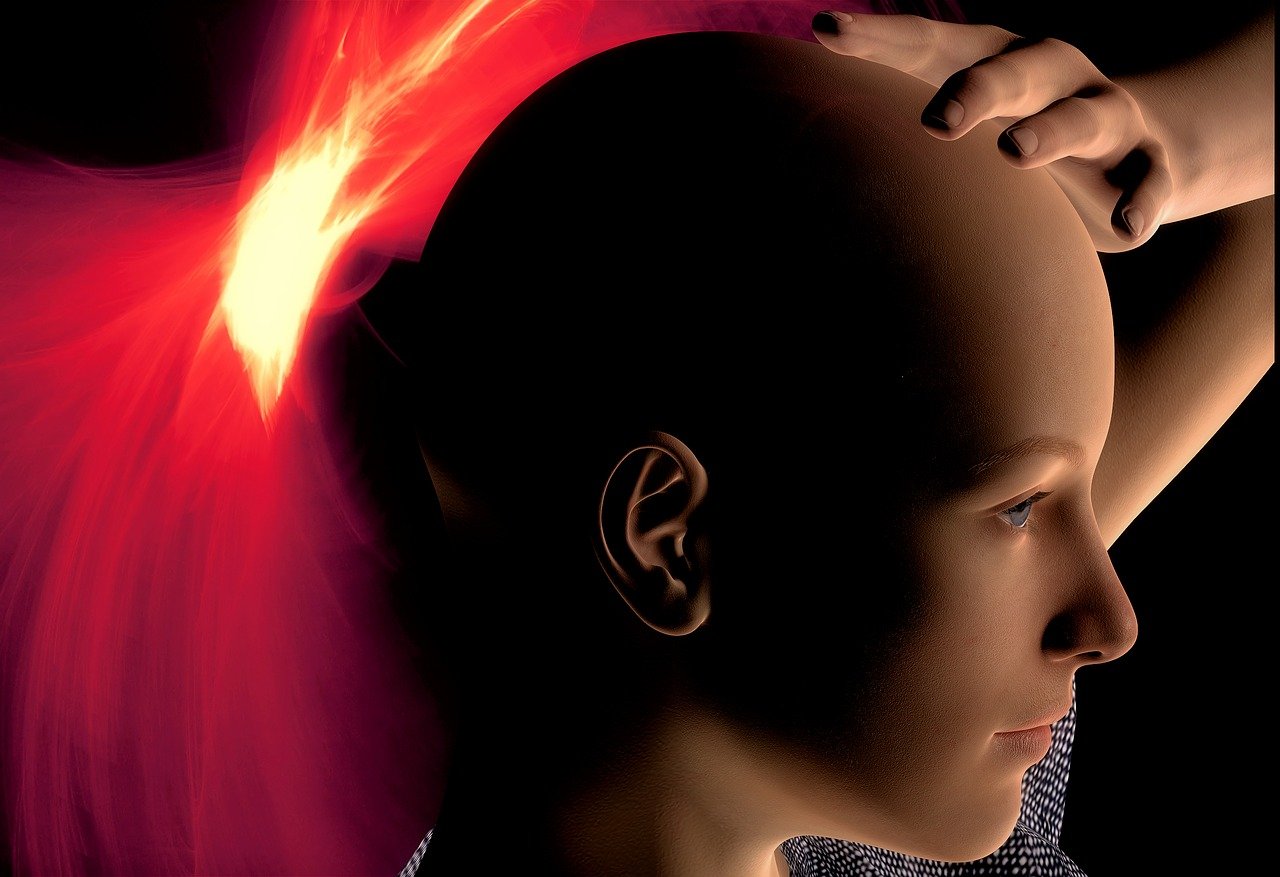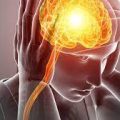Headaches are a very common condition that most people will experience many times during their lives. The main symptom of a headache is pain in your head neck or face. This can be throbbing, constant, sharp, or dull. Headaches can be treated with medication, stress management, and biofeedback.
Headache disorders, characterized by recurrent headaches, are among the most common disorders of the nervous system. Headache itself is a painful and disabling feature of a small number of primary headache disorders, namely migraine, tension-type headache, and cluster headache. Headache can also be caused by or occur secondarily to a long list of other conditions, the most common is a medication-overuse headache.
Globally, it has been estimated that the prevalence among adults of current headache disorder (symptomatic at least once within the last year) is about 50%. Half to three-quarters of adults aged 18–65 years in the world have had headaches in the last year and, among those individuals, 30% or more have reported migraine. Headache on 15 or more days every month affects 1.7–4% of the world’s adult population. Despite regional variations, headache disorders are a worldwide problem, affecting people of all ages, races, income levels, and geographical areas.
Why do I have headaches in the back of my head and neck?
Headache in the back of my head and neck is often the result of a tension-type headache. The exact mechanism that causes a tension headache is not known. Several factors, such as genetics and environment, are thought to be involved. Muscle contractions in the head and neck are considered a major factor in the development of a tension headache. Some people get tension headaches in response to stressful events or hectic days.
Tension headaches are the most common cause of pain in the back of the head. They can last for 30 minutes to seven days. Severe stress, fatigue, lack of sleep, skipping meals, poor body posture, or not drinking enough water may cause tension headaches.
Tension headaches are the most common type of headache. Stress and muscle tension are often factors in these headaches. Tension headaches typically don’t cause nausea, vomiting, or sensitivity to light. They do cause a steady ache, rather than a throbbing one, and tend to affect both sides of the head. Tension headaches may be chronic, occurring often, or every day.
When to worry about a headache
You can take care of many types of headaches by yourself, and your doctor can give you medication to control most of the tougher headaches. But some headaches call for prompt medical care. Here are some warning signs for when you should worry about headaches:
- A major change in the pattern of your headaches
- An unusually severe headache
- Changes in personality or mental function
- Head pain that increases with coughing or movement
- Headaches after a blow to the head
- Headaches in patients with cancer or impaired immune systems
- Headaches that are accompanied by a painful red eye
- Headaches that are accompanied by fever, stiff neck, confusion, decreased alertness or memory, or neurological symptoms such as visual disturbances, slurred speech, weakness, numbness, or seizures
- Headaches that are accompanied by pain and tenderness near the temples
- Headaches that come on abruptly, especially if they wake you up
- Headaches that first develop after age 50
- Headaches that get steadily worse
- Headaches that prevent normal daily activities






